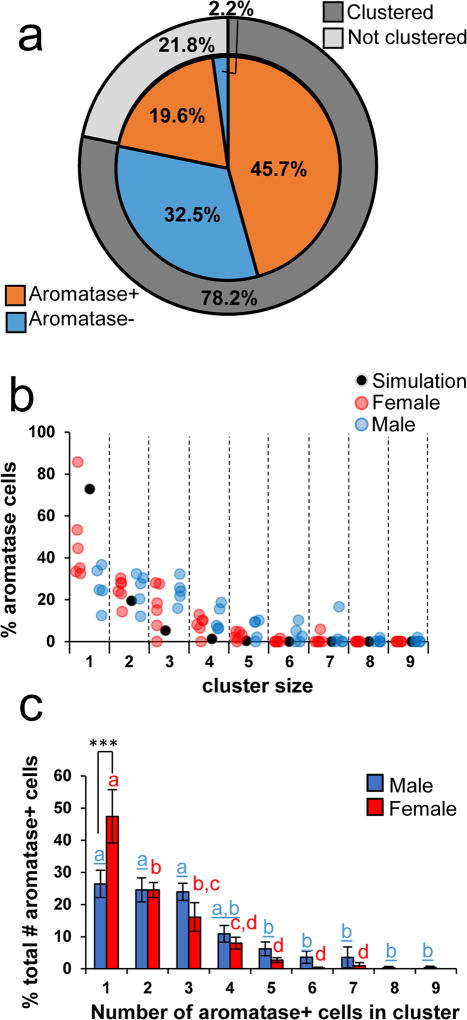Figure 8. The majority of aromatase+ cells are neurons and are found in dense clusters.
(a), Percentages of clustered, not clustered, aromatase+, and aromatase- neurons in the image from NCMv in Figure 6a–c. (b) Percentages of aromatase cells for each male and female subjects with increasing cluster sizes. Red dots are female subjects and blue dots are male subjects. Black dots indicate the average number of cells found in cluster sizes across 1000 simulations to indicate the population average of the simulation. (c), Percentages of aromatase+ cells found in clusters with increasing numbers of other aromatase+ cells (N=11, Males (blue) N=5, Females (red) N=6). Females have a higher proportion of aromatase cells found not clustered (1; p<.001***). As cluster sizes increase, females have a precipitous decline in the distribution. Males have similar proportions of aromatase cells found in cluster sizes up to 4, and then these proportions decline for cluster categories greater than 5. Significant sex differences grouped by cluster sizes are represented by asterisks (*) and regional Bonferroni post-hoc comparisons are represented by letters and columns with a different letter are significantly different. Male letters are blue and underlined and female letters are red.

